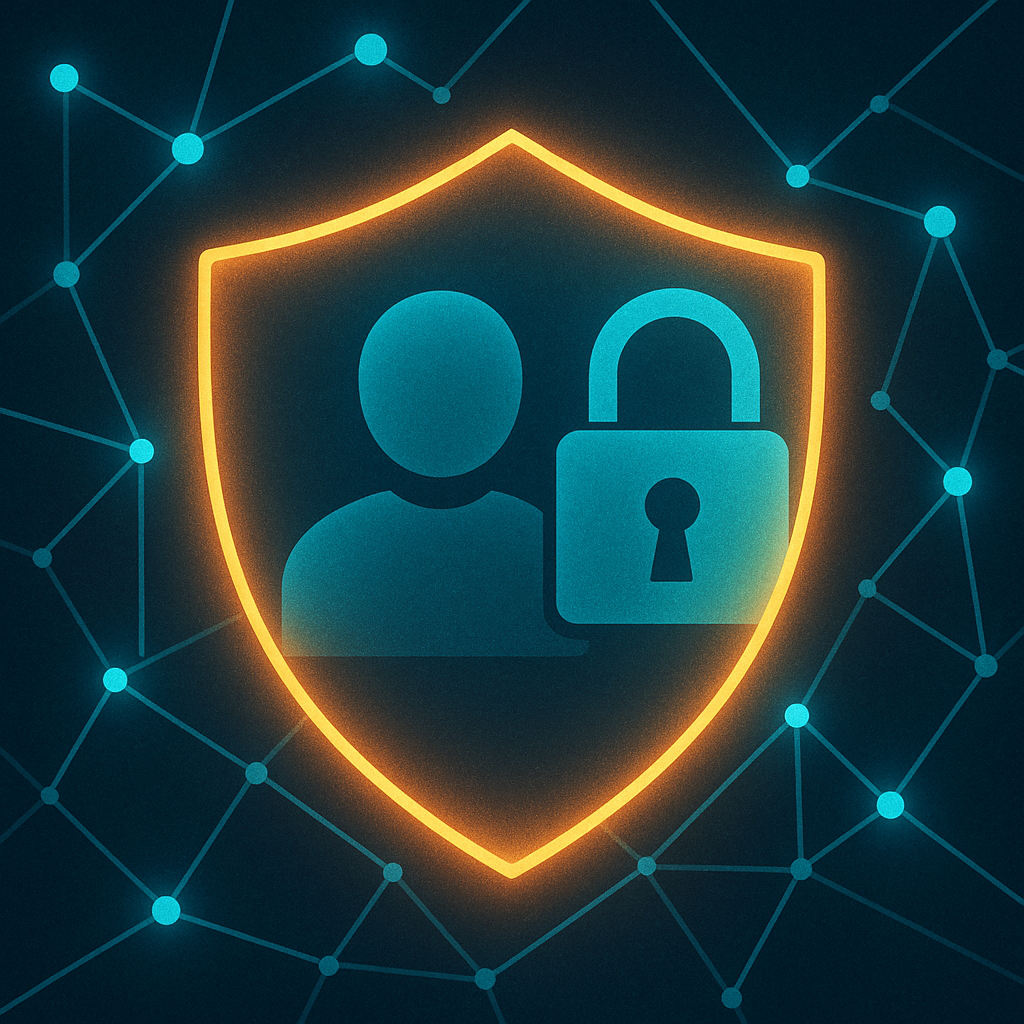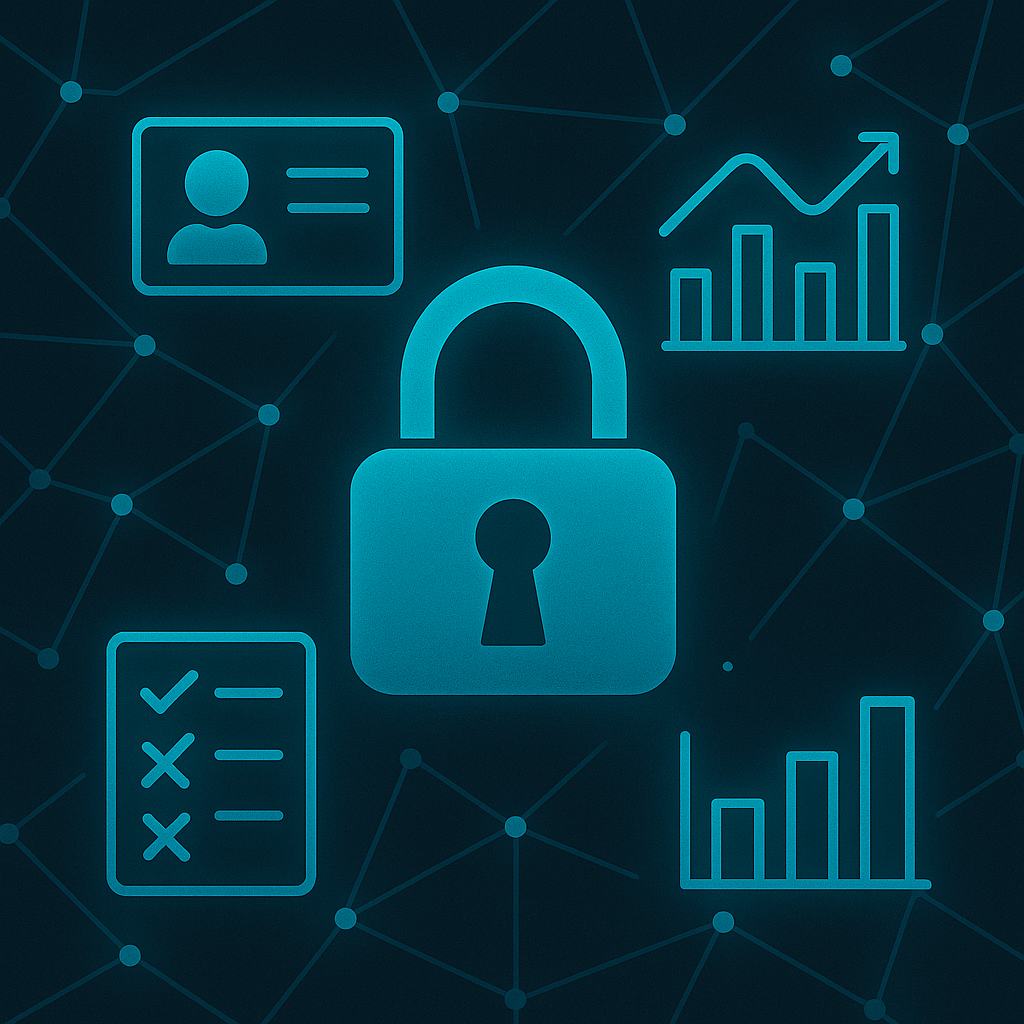
Identity and Access Management: The Foundation of Security
Ever wondered how many of your employees still have access to systems long after they’ve left your company? For most organizations, the shocking answer is “way too many.” This invisible security gap is exactly why Identity and Access Management has become the backbone of modern information security. Think about it – every day, your business data passes through countless hands. Without proper IAM controls, you’re essentially leaving your digital front door wide open while hanging a “help yourself” sign.
I’m going to show you why implementing robust Identity and Access Management isn’t just another IT checkbox, but your organization’s strongest defense against today’s most common security breaches. The difference between companies that get hacked and those that don’t often comes down to one thing – and it’s probably not what you think.
Understanding IAM Fundamentals

What is Identity and Access Management (IAM)?
IAM isn’t just another security buzzword – it’s the backbone of modern information security. At its core, Identity and Access Management is a framework that ensures the right individuals access the right resources at the right times for the right reasons.
Think about it like the bouncer at an exclusive club. The bouncer checks IDs (authentication), determines who’s on the guest list (authorization), and decides which areas they can access (privileges). But instead of protecting a VIP lounge, IAM protects your critical business data and systems.
IAM handles everything from creating user accounts to setting up single sign-on systems to managing permissions across your entire digital environment. It’s not just about keeping bad actors out – it’s about making sure legitimate users have seamless access to what they need.
Core components of an effective IAM framework
A solid IAM framework isn’t built on just one tool or process. It’s a comprehensive ecosystem with several critical parts:
- Identity Management: Creating, managing, and deleting user identities across systems
- Authentication: Verifying users are who they claim to be (passwords, biometrics, MFA)
- Authorization: Determining what resources authenticated users can access
- Access Management: Controlling and monitoring user access to resources
- Governance: Policies and procedures that ensure compliance and reduce risk
What makes a truly effective IAM system? The answer lies in “Integration”. When these components work together seamlessly, you get security without sacrificing user experience.
How IAM differs from traditional security measures
Traditional security was all about building walls – firewalls, intrusion detection, antivirus. The focus was keeping the bad guys out.
IAM flips the script.
| Traditional Security | Identity and Access Management |
| Perimeter-focused | Identity-centered |
| Binary (inside vs. outside) | Contextual and risk-based |
| Static permissions | Dynamic access controls |
| System-centric | User-centric |
| Reactive | Proactive |
In today’s world where remote work is common and cloud services are everywhere, the traditional security perimeter has basically disappeared. IAM recognizes that identity is the new perimeter.
The evolving landscape of digital identities
Digital identities aren’t what they used to be.
Remember when a username and password were enough? Those days are gone. Now we’re dealing with:
- Workforce identities (employees, contractors)
- Consumer identities (customers using your services)
- Partner identities (vendors, suppliers)
- Non-human identities (devices, bots, APIs)
Each type needs different handling, different policies, different security measures.
And the stakes keep getting higher. With regulations like GDPR and CCPA imposing huge penalties for mishandled data, proper identity management isn’t just good security – it’s a business necessity.
The future of digital identity is heading toward concepts like zero trust (never trust, always verify) and continuous authentication that constantly evaluates if a user should maintain access based on behavior patterns.
More to come in the next post.



